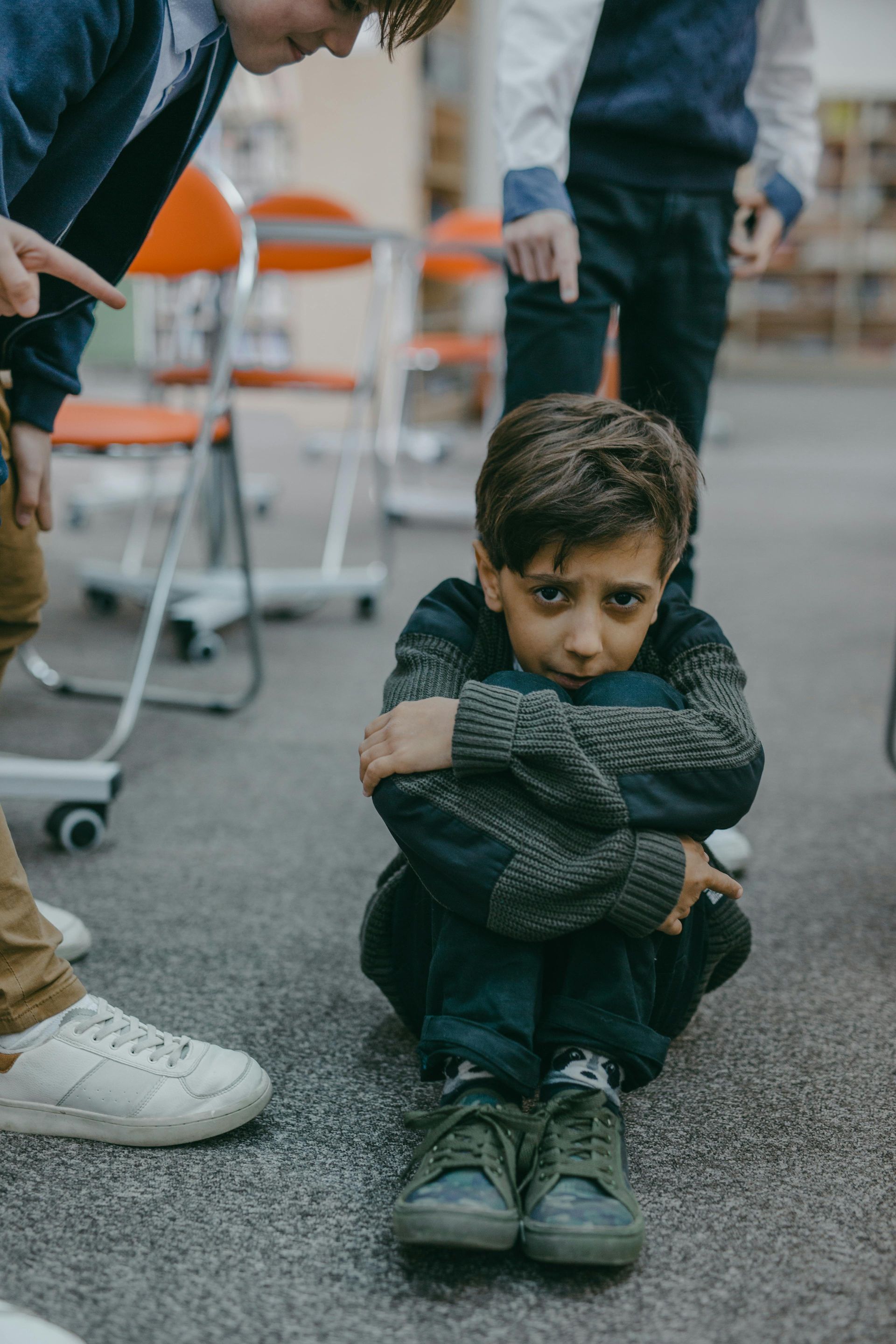There is no requirement for a party in family court to have a lawyer. Most people do, simply because law is complex and intimidating and family law is a very high stake business. Most people do not qualify for legal representation from legal aides or similar providers; if they do qualify, the delays are so significant that essential rights may be jeopardized.
Most people needing family legal help decide to lawyer-up, usually at the lowest point in the case. Here are thoughts to help you find the lawyer who can provide you with the best service and best results. Know how much legal help you actually need. If it is a short term marriage without children, it is unlikely that you will need a veteran litigator. The best start is to consult with several lawyers, even if you are paying a consultation fee each time. This will provide you with a sense of where you stand and what services you need, as well as a view of the different personality types among lawyers. Attorneys only make recommendations. If you would prefer to forgo discovery because you believe you have a good working knowledge of your finances, then you can do so. The attorney may request a waiver in writing from you that explains the risks, but the decision is yours. If, on the other hand, you have a longer term marriage and there are children, retirement interests, real estate and debts, then you likely need an attorney who has at least ten years of direct experience in the court which will handle your case. Clients who do it alone in these circumstances almost always hire a lawyer to later fix what could have been avoid. Know what you want to achieve. An experienced lawyer can give you regular updates on how realistic your goals may be. If you want to keep the house no matter what, then the entire negotiation process can revolve around how you can refinance and maintain the house without your spouse.
Know that not every goal is possible. Many military members confuse the ten-ten rule with whether their spouse has an interest in their retirement at all. When a lawyer tells you s/he has an interest if you’ve only been married five years, you are being told the truth. While it could be possible to negotiate away your spouse’s interest in your retirement, the starting point is that the marital share will be equitably divided; in Ohio, equitable almost always means equal.
Know that lawyers get good and bad online reviews, sometimes on the same day. In the past, I would wring my hands when a client posted a bad online review. This continued until I got a five star review, and then a two star, all on a Tuesday in June. This demonstrated to me forever that reviews are a snapshot of just one person’s opinion on one issue, at only one point in time. Undoubtedly, online reviews are important tools and they let a potential client see how their peers observe a particular lawyer. If the reviews are generic and always positive, know that little true feedback is being given. Look at what the majority of clients have to say and notice particular themes: is the lawyer gruff, or personable; were they told of their likely outcome; and were they easy to communicate with. Don’t forget to look at the response provided by the lawyer to the review. Ask yourself if that is the type of response that takes responsibility for any mishaps or if it is polite and reasoned.
Know that friends and family are good sources of information. Everybody knows someone who has gone through a divorce or family law case, and nearly all of these folks used a lawyer. Talk to them about what they feel went well and what could have gone better. Ask if the lawyer was responsive and upfront about likely outcomes, fees and timelines. Many of my best clients have come from opposing parties where I represented their spouse.
Know that the lawyer is interviewing you while you’re interviewing them. It’s called a consultation or office meeting in common parlance, but experienced lawyers are not only evaluating the bones of the case; they’re also interviewing you as a potential client. I watch to see how emotional the client is and whether they view the case as a business matter or as a personal afront. I observe how easy the client is to focus or redirect. I ask how long they think is reasonable for me to respond to their questions. In a child custody case, I ask them to tell me what the term “shared parenting” means. I also ask how they resolve disagreements with friends; do they offer productive solutions or do they harbor grudges?
Know your lawyer’s reputation on bed-side manner. How important is it that your lawyer understand your feelings of betrayal? How important is it that your lawyer give you a best case-worst case scenario, and how often? Some very competent lawyers are also very soft-spoken and compassionate; others are more gruff and task focused. Here is where reading online reviews can be insightful.
Know your lawyer’s credentials. Lawyers work under the authority of the state bar association and there are official websites to check a lawyer’s credentials, certifications, years of experience and disciplinary history. There are also lawyer referral services that can direct you to a specific lawyer who has signed up for their service. Again, know how important it is to you whether your lawyer attended a top-tier law school or whether s/he is certified in any subfield.
Know the lawyer’s preferred manner of communication. I make it clear that email communication is always best, but that I will not be responding with a law review article to a seven paragraph question. To me, text is my second choice because it is fast and short.
The telephone is for bigger discussions than either email or text and I schedule phone calls with clients on a regular basis. I make it clear that I do not play phone-tag and that I will schedule a phone call if we miss each other more than twice. Finally, clients must have access to a computer
More Family Law Blogs
by Anne Harvey









